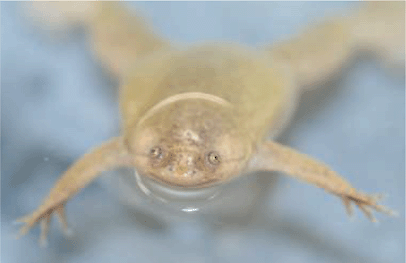

Herpetologists have also discovered that frogs and other amphibians breathe through their skin, and pollution can build up in their bodies. Now herpetologists believe that increased UV radiation is affecting the frogs’ eggs, which float on the surface of the water absorbing the UV rays.įrogs usually mutate because of environmental factors. They also discovered that frogs and other amphibians were sensitive to these chemical pollutants and pesticides were because they lived both on both land and water, making them sensitive to water and land pollution. In 1996 herpetologists discovered other reasons for these mutations were due to chemical pollution.

There is evidence of chemical pollutants causing frog developmental deformities (extra limbs, or malformed eyes). In the past several decades, decline in amphibian populations has been occurring all over the world, for unexplained reasons which are thought to be varied but of which pesticides may be a part. The Ribeiroia ondatrae gives the frog its defect when it’s in the tadpole stage. He and his collugues gathered imformation about these mutated frogs and the Ribeiroia ondatrae. These parasites have migrated to different locations according to the findings of Pieter Johnson, an ecologist at the University of Colorado. The exact mechanism of deformation has not been determined but it has been theorized that deformation results from mechanical disruption of the cells involved in limb bud formation during the amphibian larval stage. Ribeiroia ondatrae is a flatworm parasite that has contributed to recent increases in amphibian limb malformations, particularly missing, malformed, and extra hind legs. Herpetologists believed that these were not inherited defects, and were due to something that affected the frog in their early lives that caused mutation, sometime when they were eggs or when they were tadpoles. The first frogs with these genetic defects were found in August 1995 in south and central Minnesota. Some genetic defects that frogs acquire include extra limbs or mishaped legs. Frogs are amphibians, and live on both land and water.


 0 kommentar(er)
0 kommentar(er)
